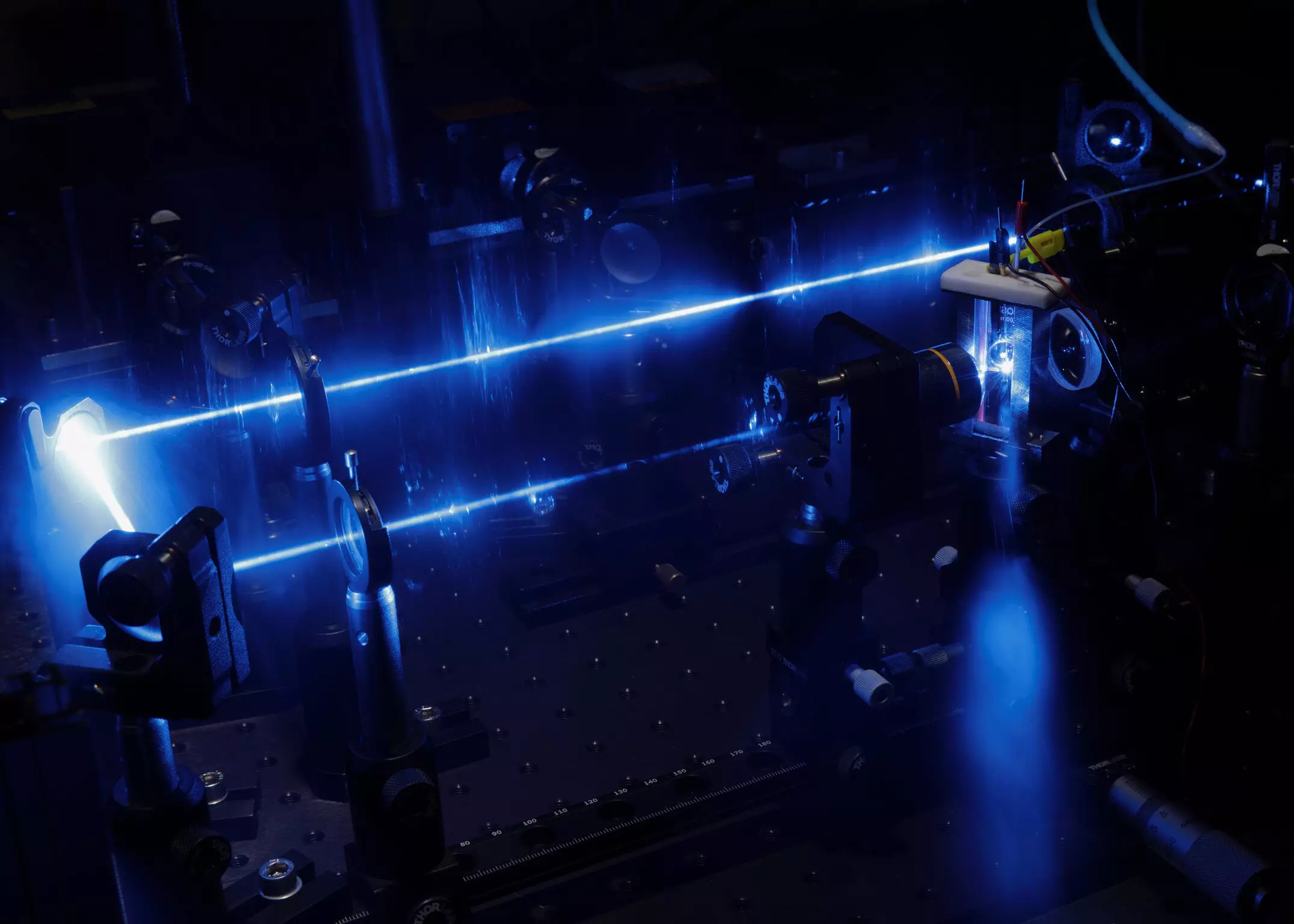Research conducted by scientists from the Leibniz Institute of Photonic Technology and the Universities of Jena and Ulm shed light on how small alterations in the chemical structure of iron compounds can impact their light-absorbing capabilities. Specifically, the study focused on the second coordination sphere of the iron molecules, which plays a significant role in influencing their behavior.
Enhancing Light Absorption Through Proton Addition
One of the key findings of the research was the effect of adding protons to iron compounds on their reaction to absorbed light. It was revealed that these small changes in the molecular environment could lead to variations in the light absorption properties of the compounds. This discovery is particularly noteworthy as it paves the way for using iron complexes as a viable and sustainable alternative to rare metal complexes like iridium and ruthenium in light-to-energy conversion.
Unveiling the Potential of Iron Complexes in Sustainable Technologies
The study published in the Journal of the American Chemical Society showcased the efficient light absorption capabilities of iron compounds. Moreover, it demonstrated that through simple chemical modifications, such as proton addition or removal, the properties of these compounds could be tailored to meet specific requirements. This level of control over light absorption opens up numerous possibilities for the development of environmentally friendly technologies.
According to Prof. Dr. Benjamin Dietzek-Ivanšić, a key figure in the research team and spokesperson of CRC CataLight, these findings mark a significant step towards harnessing the full potential of iron compounds in various applications. From photovoltaics to catalysis, these compounds have the potential to revolutionize sustainable chemical processes. The cost-effectiveness and abundance of iron make it a highly attractive alternative to costly and rare materials traditionally used in these fields.
In a landscape where research has predominantly centered around expensive materials, the breakthrough achieved by the team from Jena and Ulm highlights the importance of exploring more sustainable options. By focusing on iron complexes and understanding how small chemical modifications can impact their performance, scientists can pave the way for a more sustainable future. This research sets the stage for further optimization of iron compounds and their integration into a wide range of technologies aimed at reducing environmental impact.

